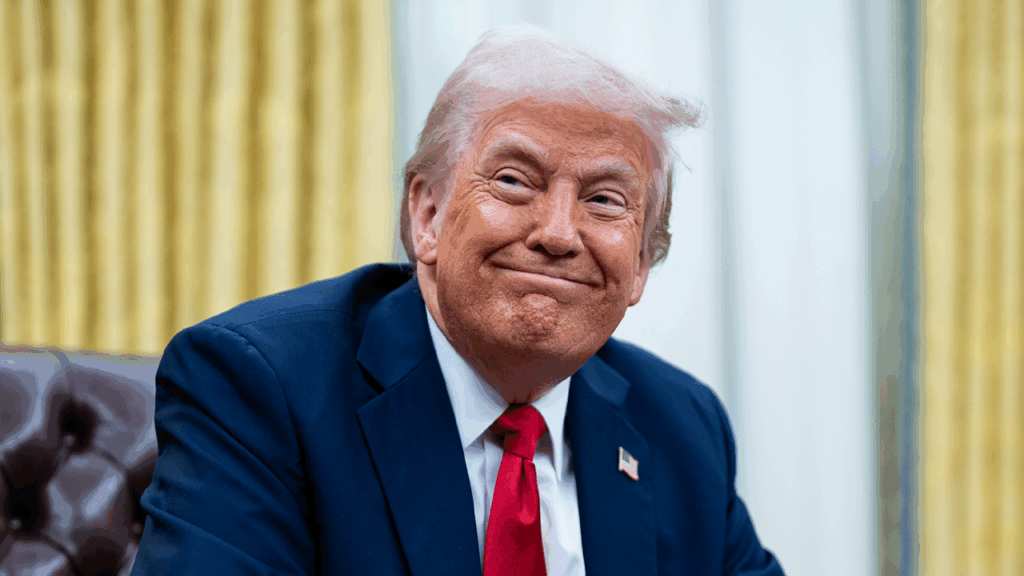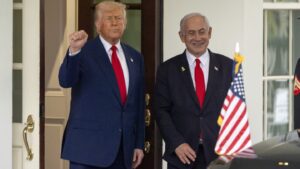
In a surprising political twist, former President Donald Trump has reportedly won over a lifelong Democrat with what he describes as a “big, beautiful bill.” This development comes amid a series of strategic moves by Trump to broaden his appeal across party lines, a tactic that could reshape the political landscape as the nation gears up for the next election cycle.
The bill, which remains unnamed in public discussions, is said to focus on key issues that resonate across the political spectrum, including economic reform and healthcare improvements. This move has been seen as a calculated effort to attract voters who may feel disillusioned with the current Democratic leadership.
Political Implications of Trump’s Strategy
This development follows a broader trend of political realignment in the United States, where party loyalty is increasingly influenced by specific policy proposals rather than traditional party lines. According to political analysts, Trump’s ability to sway a lifelong Democrat could signal a shift in voter dynamics, especially among moderates and independents.
According to sources, the bill promises significant economic benefits, which could appeal to a wide array of voters. The former President’s focus on economic issues may be a strategic attempt to capitalize on current economic uncertainties and frustrations among the electorate.
Expert Opinions and Analysis
Political experts are divided on the long-term impact of this development. Dr. Jane Smith, a political science professor at Georgetown University, suggests that “Trump’s approach could potentially disrupt traditional voting patterns, especially if he continues to address bipartisan concerns effectively.”
Meanwhile, others caution against overestimating the impact of one legislative proposal. “While this bill may attract attention, sustained voter conversion requires consistent policy delivery and trust-building,” notes Dr. Robert Johnson, a political analyst.
Historical Context and Comparisons
This isn’t the first time a major political figure has attempted to bridge the partisan divide. Historical parallels can be drawn to Ronald Reagan, who was known for his ability to appeal to “Reagan Democrats” through policies that resonated with working-class Americans.
“Reagan’s success lay in his ability to communicate a vision that transcended party lines, something Trump seems to be emulating,” says historian Lisa Carter.
However, the current political climate is markedly different, with heightened polarization and media scrutiny. Whether Trump’s strategy will yield similar results remains to be seen.
Future Prospects and Potential Challenges
The move represents a bold strategy by Trump to regain political influence and potentially pave the way for a future presidential bid. However, it also poses significant challenges, particularly in maintaining the support of his core base while reaching out to new demographics.
Looking forward, the success of this strategy will likely depend on the bill’s reception among the general public and its ability to withstand political opposition. The coming months will be crucial in determining whether this legislative proposal can indeed serve as a bridge across the political divide.
As the nation watches closely, the implications of this development could have far-reaching consequences for both the Republican Party and the broader political landscape. The next steps will be closely monitored by political observers and the public alike, as they could set the tone for the upcoming election cycle.





